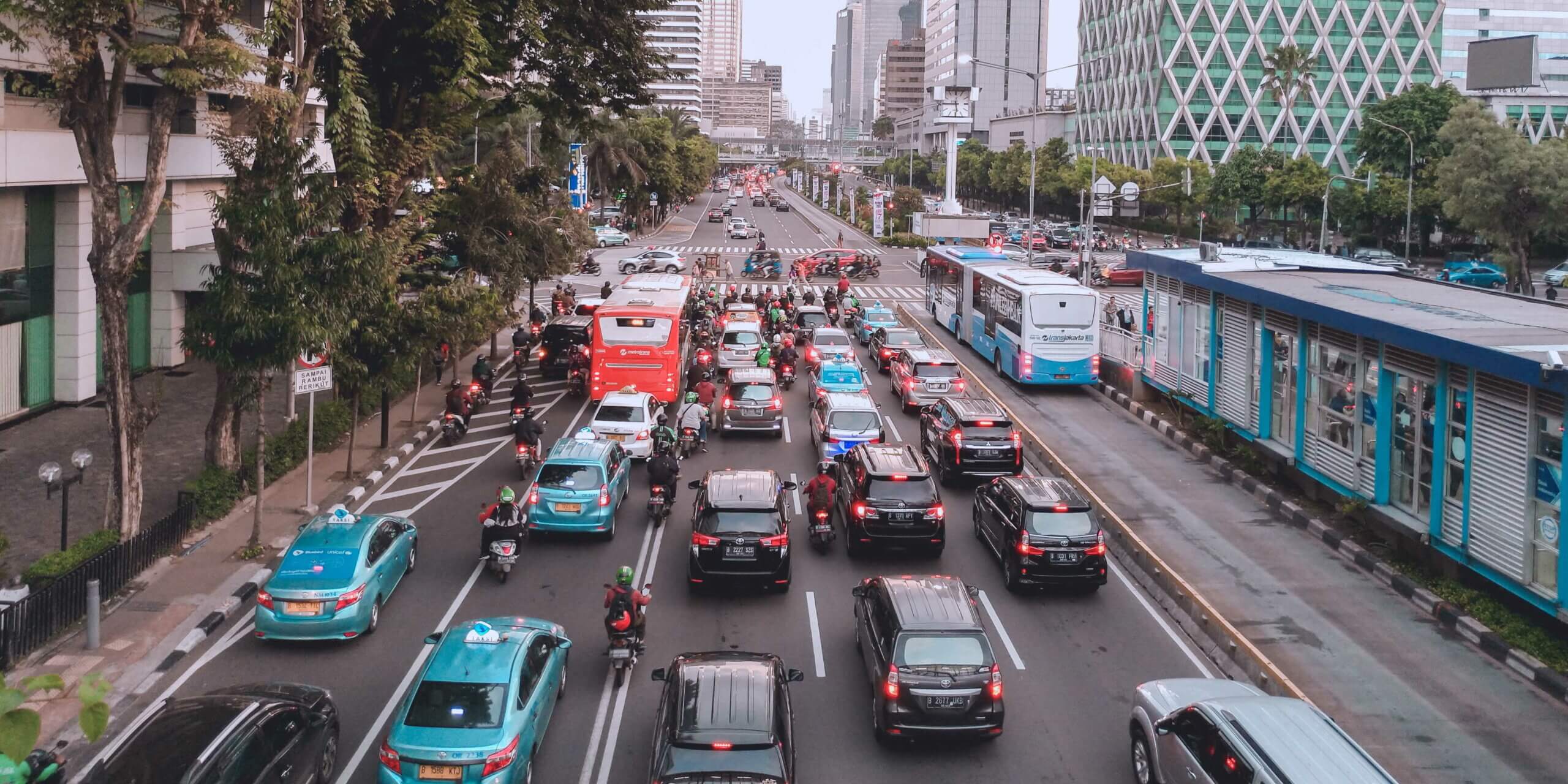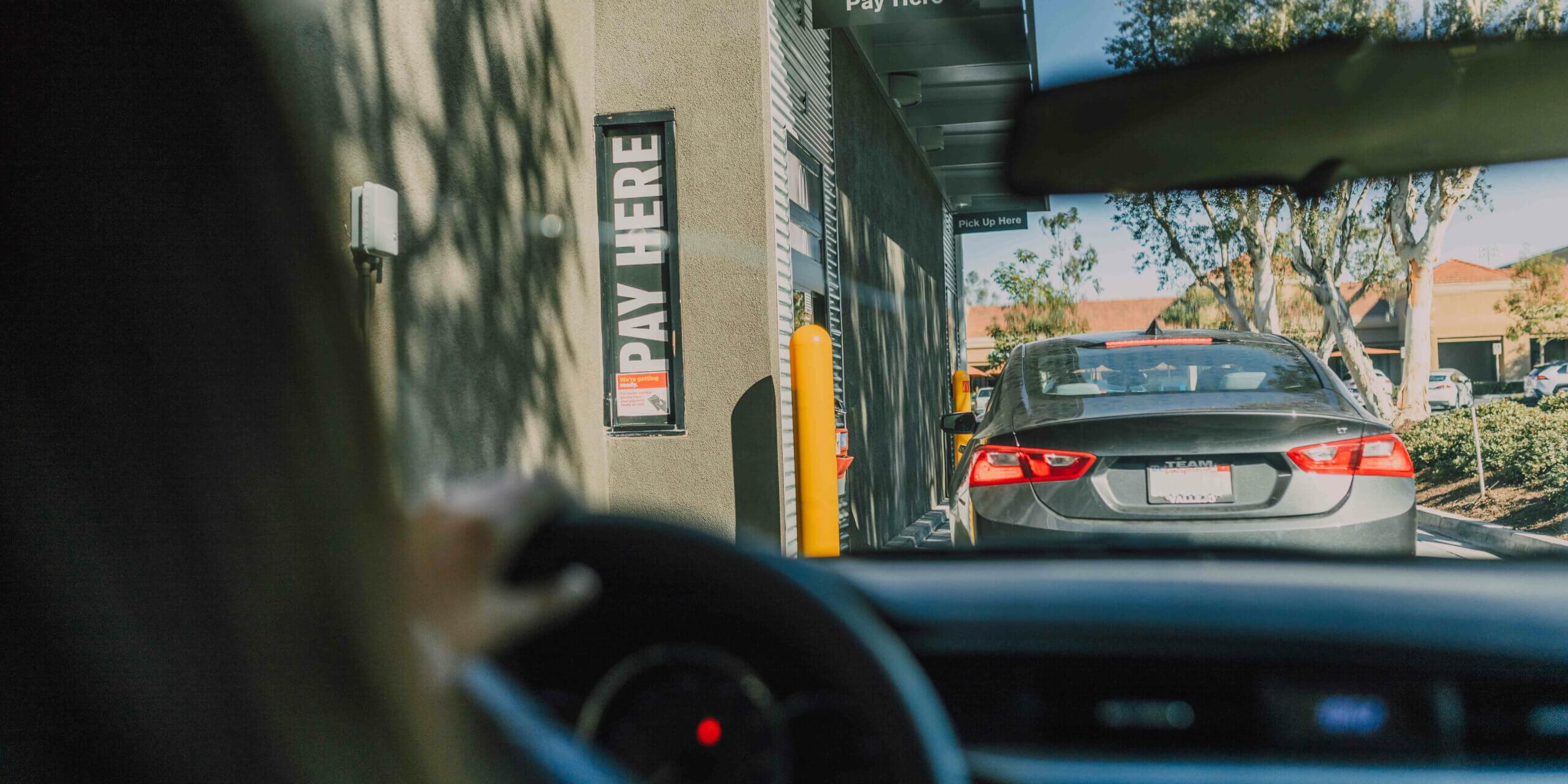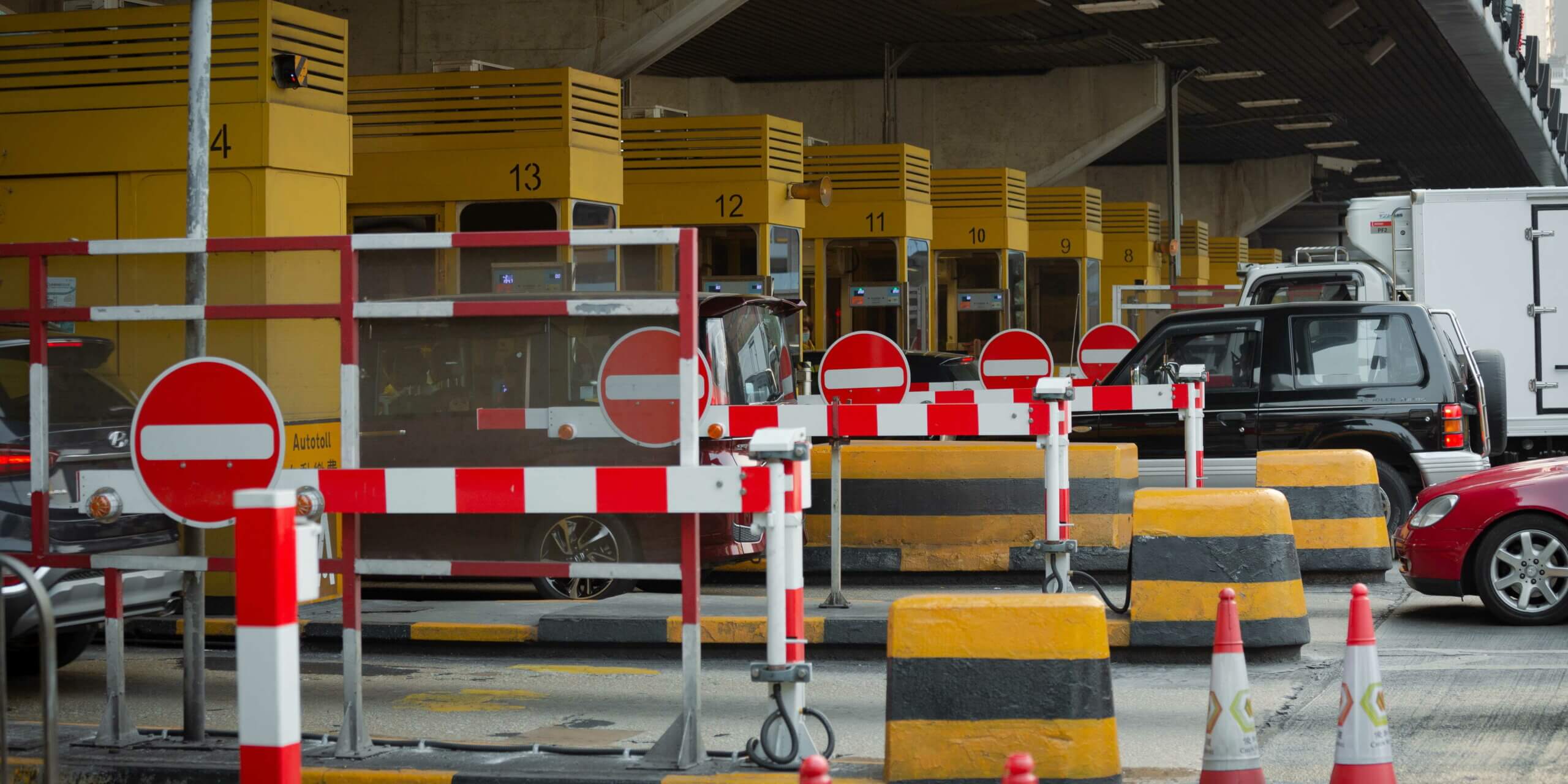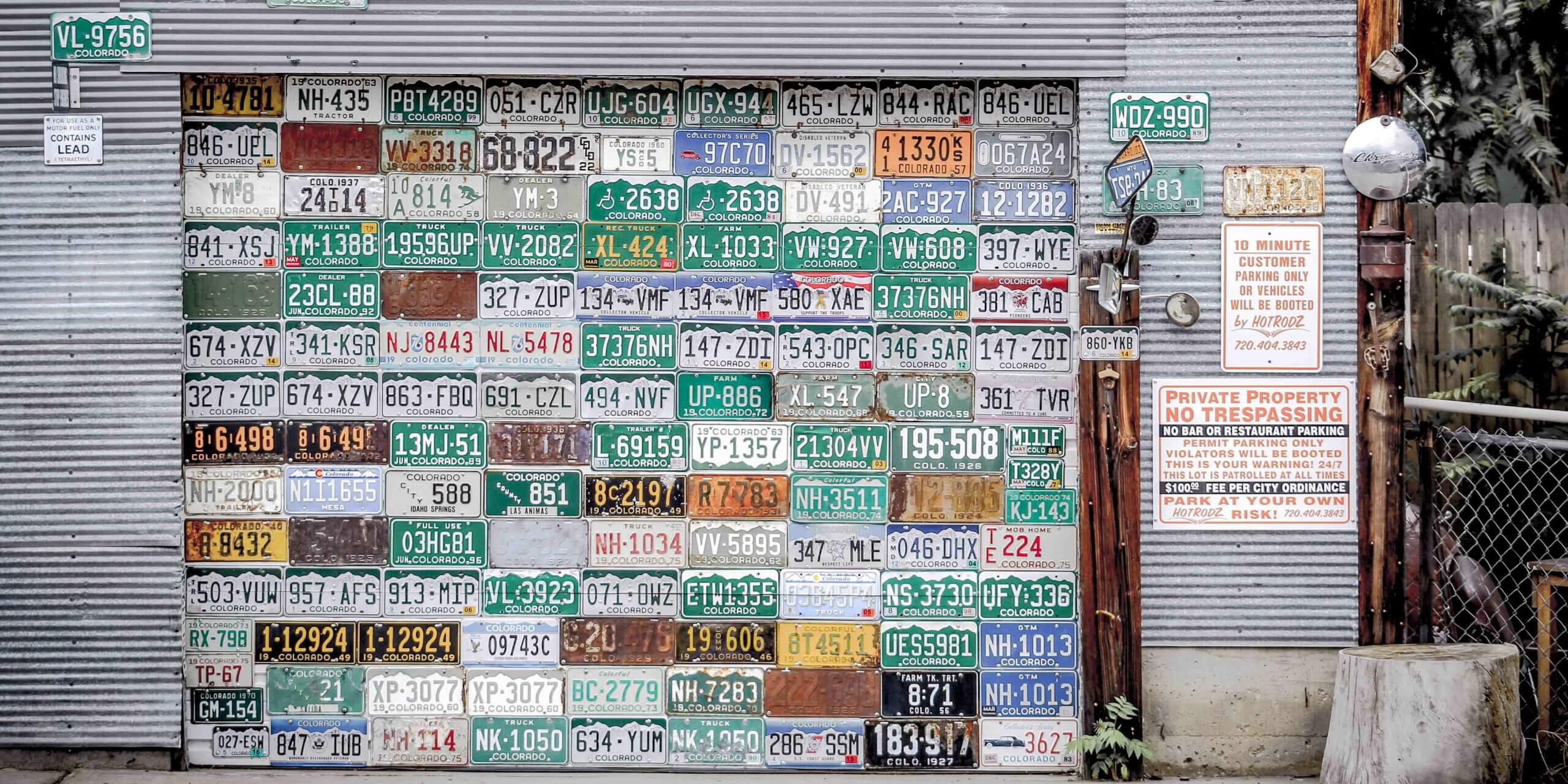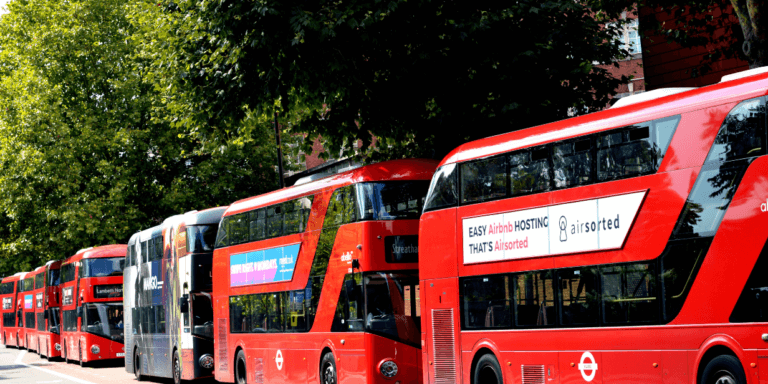Welcome to License Plate Recognition 101! By the time you finish reading this, you will have a working understanding of LPR and how it works (if you were paying attention and weren’t multi-tasking or streaming a new Netflix show).
Nothing to see here, just a lot of license plates. Source: Unsplash.
License plate recognition goes by many names. You can call it LPR, which is like its “JLo” form, but without the singing, dancing, and acting. But it is also known as ALPR, its pseudonym for automated license plate recognition. The spicy international name is ANPR, which translates to automated number plate recognition, as the UK crowd likes to say. Occasionally you may see the term NPR, but here in the states, it’s pretty well-known as National Public Radio. The takeaway from this intro is that the four terms are virtually interchangeable and do the same thing.
What Does ALPR Actually Do?
ALPR (and all of its pseudonyms) recognize license plates in videos and still cameras. Meaning the software looks at a captured photo of a vehicle’s license plate and recognizes what numbers and letters are represented on the plate. The magic occurs in that recognition, which translates a visual into usable data. It’s a huge accomplishment when any software can recognize and catalog information in a photo or video into a database.
License plate recognition software is part of a more extensive system that can automate vehicle-related activities to quicken customer engagement and expand the capabilities of a law enforcement agency without adding personnel. Depending on the vendor, an LPR system typically includes cameras, LPR software running on-premise or in the cloud, and the applications that process the data, CSV, JSON, or webhooks to connect to the system for alerts, dashboards, or for action (like opening a gate).
Where there are cars, there’s a potential need for license plate recognition? Source: Unsplash.
ALPR Placement
The three prominent types of ALPR camera placements are stationary (or fixed), mobile, and portable. Fixed LPR systems are permanently affixed to light poles, highway overpasses, or intersections on streetlights. Mobile units are like “dash cams,” often placed on police cars in the front, back, and roof to identify vehicle license plates while units are on patrol. Portable license plate recognition systems can be moved to “problem areas” to help communities better monitor issues like illegal dumping in more remote locations.
Speed & Connectivity
Consider that the placement, whether a fixed streetlight or a portable LPR on a lonely country road, needs electricity and an internet connection to deliver meaningful real-time data. The most robust solutions use solar panels for energy and edge computing to analyze data at the point it’s captured instead of sending it to a centralized location for processing. Edge computing accelerates the processing of results and subsequent alerts when the system is triggered by suspicious activity.
Lots of license plate data to process. Source: Pexels.
Benefits Of LPR Data
Most LPR solutions today capture more than data. They can also identify the vehicle’s make, model, and color associated with the license plate. This car model recognition of ALPR vehcile types is one way it helps police departments build criminal cases, in case you were wondering what are license plate recognition programs for police department. But like all data, it is only valuable if you use it. In the case of license plate recognition data, its use cases continue to grow. Some of the most significant uses today include:
- Law enforcement support: police departments and law enforcement agencies worldwide rely on ALPR data to recover stolen vehicles, enforce traffic laws and generate automatic fines, collect tolls automatically, track traffic congestion, follow the movements of known criminals, and much more.
- Facilities management and perimeter security: automatically manage gated entry and exit, identify parking violators, process parking fees, and maintain perimeter security at construction sites and other secure facilities.
- Mitigate crimes in public areas: deter illegal dumping, vandalism, and vehicle theft at parks, shopping centers, and other open public areas.
LPR used in drive-thru. Source: Pexels.
ALPRs In Parking Lots & Drive-Throughs
As the reliability of the data increases and the equipment costs decrease, more savvy decision-makers are finding new uses for license plate recognition. One example is in the QSR business, where LPR is used to accelerate drive-through orders for customers who regularly visit with the same order. Their order can be processed, and credit card charged, making their experience frictionless while accelerating the wait time for everyone. As noted above, ALPRs have proven useful in automated parking lot scenarios for both gated entry and exit, as well as a tool to identify unauthorized parking violators.
Data analysis of license plate info. Source: Pexels.
Comparing LPR Data To Databases
License plate recognition data must be integrated into a smart dashboard where it can be properly analyzed. Furthermore, alerts and custom searches can be performed through an ALPR system dashboard that allow the admin to monitor designated areas more effectively.
In the case of law enforcement, each agency relies on data from different sources to identify stolen vehicles, expired registrations, and persons of interest. In the case of automatic toll collection or QSR ordering, deductions are made from the account associated with the license plate. With traffic violations, fines are automatically sent to the registered vehicle owner at the address listed with the associated department of motor vehicles.
In other use cases, customers upload their own list of vehicle license plates that should be given access to specific areas, including any limitations (such as access only at certain hours or only into specific parking lots). Customers can also upload their own “hot lists” of those that should not be granted access or should generate alerts to security teams, such as persons of interest, competitors, and disgruntled former employees.
It’s critical that the comparative databases are clean, accurate, and continually updated from reliable sources for security teams and law enforcement to use them to their full capabilities. When LPRs are used efficiently, they deliver positive results that inspire others to find new ways to integrate the technology.
Fighting crime with LPR. Source: Unsplash.
Who Benefits the Most from ANPR? (aka, “What’s In It for Me?”)
If you don’t interact with vehicles in your area of responsibility, ANPR probably can’t help you. But if you oversee any of the following, ANPR can be a considerable time (and budget) saver:
- Law enforcement.
- Community managers responsible for securing public spaces like parks and government complexes.
- Teams who secure restricted areas like offices, manufacturing and production plants.
- Construction site security teams.
- Security personnel who oversee private gated communities.
- Parking lot managers.
- Toll operators.
- Secure public works facilities like utilities, water treatment plants, and government offices.
- Cities, municipalities, and other government agencies looking to decrease vandalism and illegal dumping while increasing revenue.
Toll system using license plate recognition. Source: Unsplash.
Not All ALPRs Are Created Equal
Like most technology, not all systems are created equal. Many factors impact an ALPR system’s quality and reliability, from the camera’s quality and positioning relative to the vehicles passing by to the speed of the computers processing the data as it happens. Comparison of ALPR vendors requires careful attention to many factors, such as:
- Verified accuracy within your region/country. Because every region sports its own license plates, accuracy varies from one area to another.
- Accuracy in less-than-ideal environments. Let’s face it. Real-world conditions vary wildly from the ideal. Wind, rain, snow, sleet and hail, and dawn and dusk, are just a few environmental conditions that can impact the performance of an ALPR. Inquiring about accuracy in these sub-optimal conditions can provide meaningful insights into the quality of the solution.
- Plate condition. Plates can be bent. Cameras can capture images at odd angles. Speed can blur some license plates. Bumper stickers can create havoc with some systems. Talk to your vendors about specifics on their ALPR in these conditions. Elite solutions will report specific angles, weather conditions, and even speeds that impact their software, along with their rate of false positives. Beware of vendors who can’t or won’t share that information about their product.
- Frequency of AI improvements/updates. Most ALPR systems get better over time, thanks to the AI continuing to learn and improve. Companies that update their AI systems regularly typically indicate an organization committed to continuous improvement.
- Quality of the process. From the integrity of the APIs and webhooks to the speed and quality of the computing engine, the quality of the process of each LPR can vary. Comparing apples-to-apples data like inference speed, image processing speed, and the number of images captured per vehicle will help create a better picture of the superior system.
Nothing to see here, just more license plates! Source: Unsplash.
The Future Of License Plate Recognition
LPR, ALPR, ANPR, and even NPR are here to stay. As computing speeds, connectivity, and AI engines improve, so will the efficacy of LPR technology. Innovative stakeholders will identify new ways to use the technology to improve customer experiences. At the same time, law enforcement will continue to enjoy the benefits of maintaining a safe community on a limited budget.
Next up is your LPR quiz. Hope you were paying attention or else we will have to put you on the LPR hot list.

